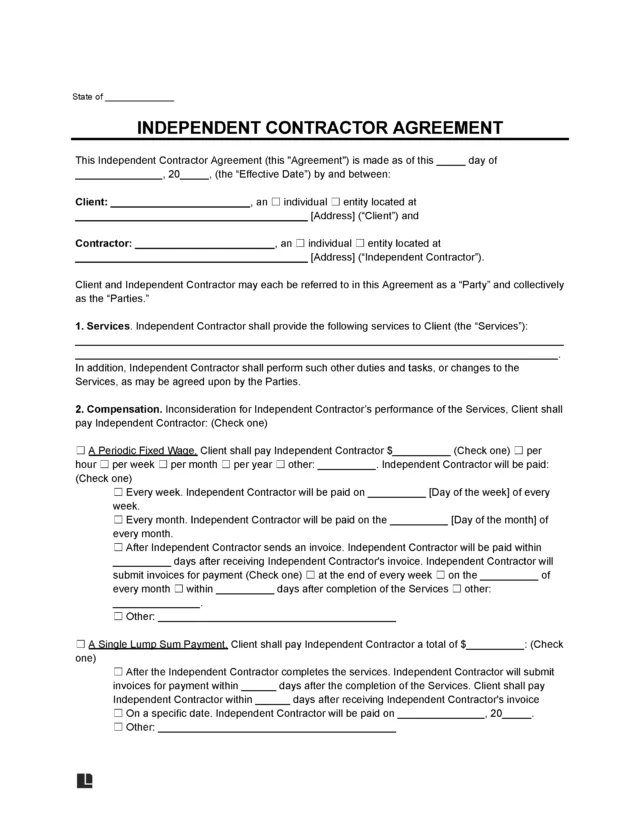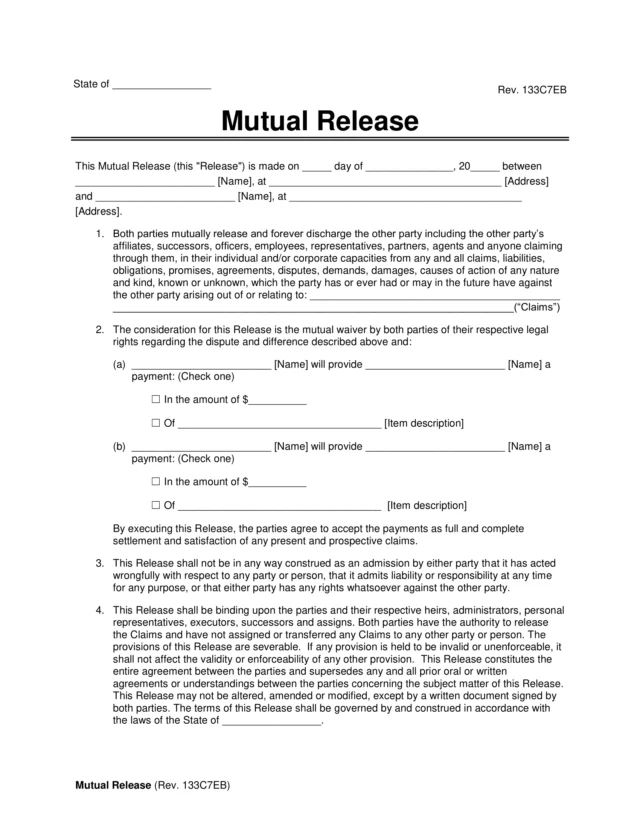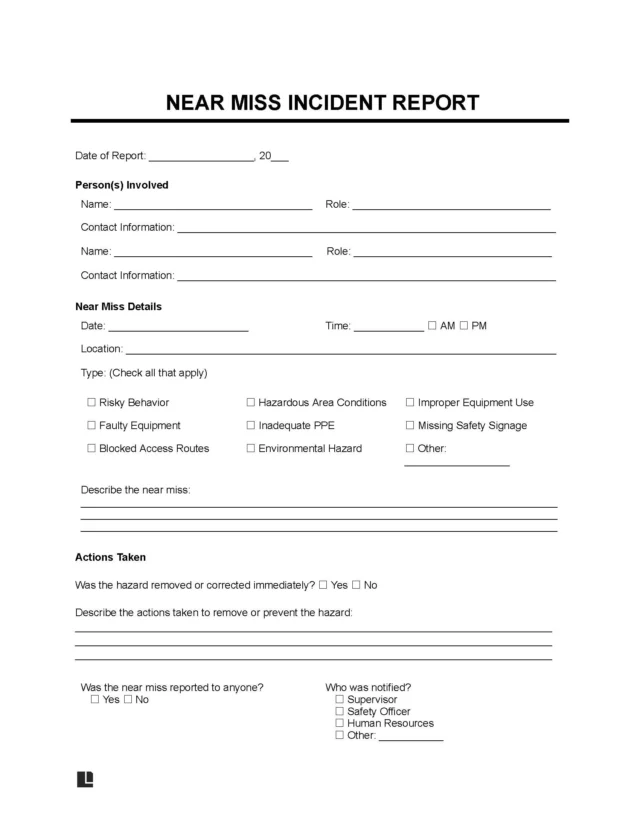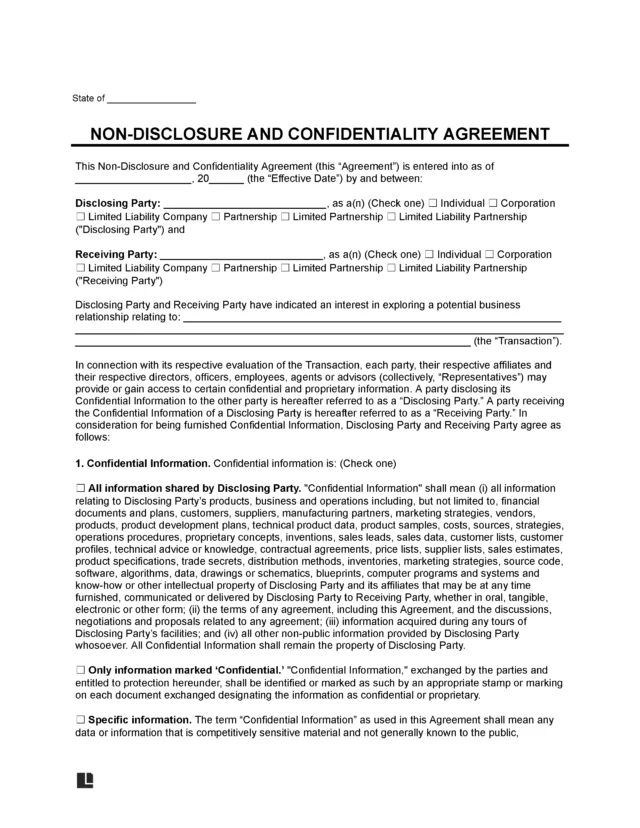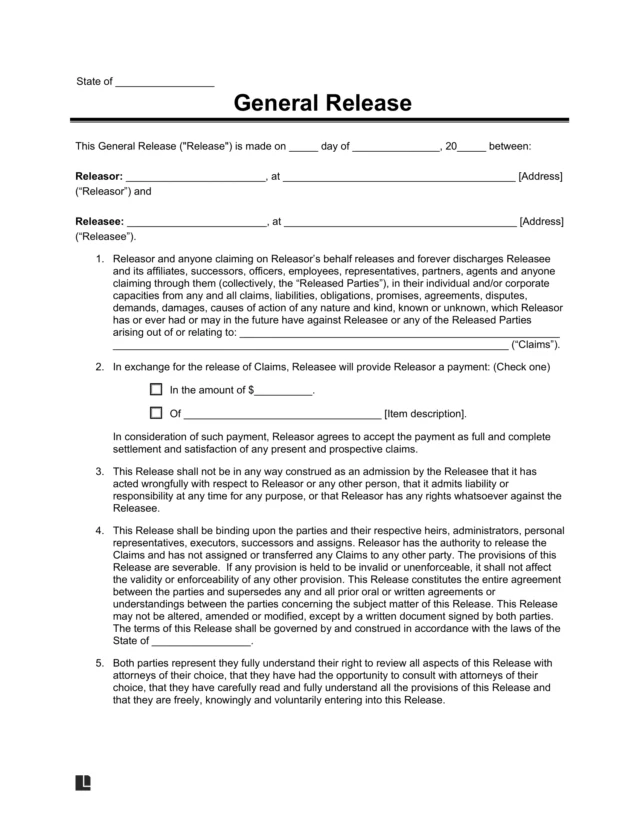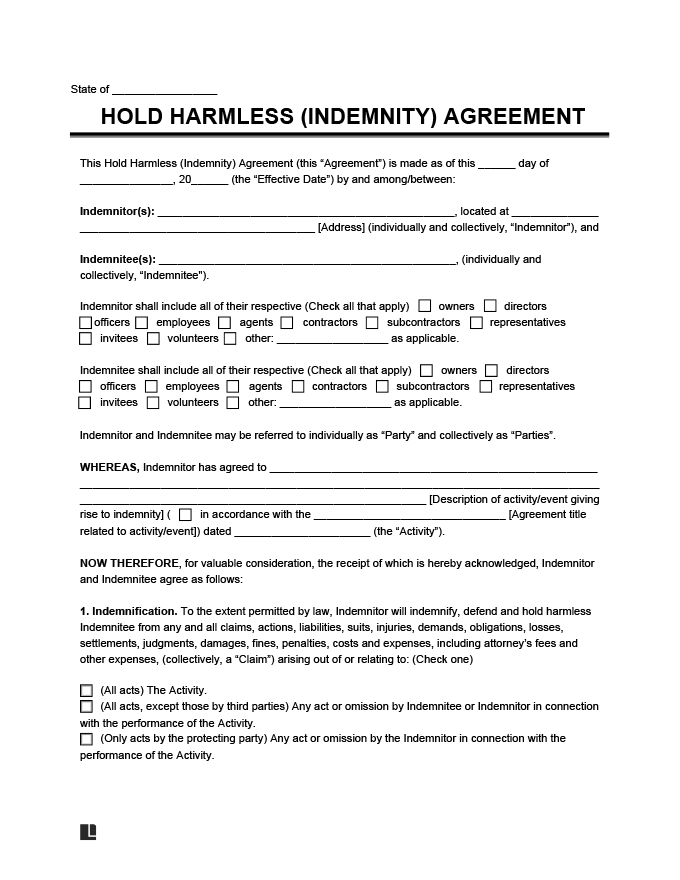What Is a Hold Harmless (Indemnity) Agreement?
A hold harmless (indemnity) agreement limits or transfers liability from one party to another. In this contract, the indemnitee receives protection. The indemnitor agrees not to hold them accountable for bodily injury or damage in a specific situation.
This legal document encourages parties who might be hesitant to interact to work together. It’s enforceable if it’s not overly broad and the parties signed it without force.
A hold harmless provision doesn’t completely absolve one party from liability. It will likely not hold up in court if the indemnitee acts carelessly. Wrongful and fraudulent acts will also cancel the contract.
Unilateral vs. Bilateral Hold Harmless Agreements
A unilateral hold harmless agreement only protects one party from liability. A bilateral contract involves both parties agreeing to hold each other harmless for certain claims.
When to Use a Hold Harmless Agreement
It’s helpful to use a no-fault agreement in scenarios that present risks of injuries, losses, or property damage. Consider using this legal contract in the following situations:
- Independent contractor agreements: A general contractor or subcontractor holds site supervisors harmless in construction projects.
- Leases: Tenants may indemnify landlords for injuries in the rental unit.
- Foreclosures: Lenders require buyers to hold them harmless for real estate conditions.
- Event hosting: Organizers assign responsibility for incidents at events or venue spaces.
- Recreational activities: This contract minimizes your legal liability if someone gets hurt in an adventurous activity.
- Employment contracts: Employers may include hold harmless clauses shielding them from employee actions.
- Service contracts: Providers use indemnification clauses to protect themselves from unforeseen issues.
When Is It Okay Not to Use a Hold Harmless Agreement?
This contract may not be needed when the risks are clear and inherent. Additionally, it may not be practical to obtain participants’ signatures in some cases. However, it is advisable to use a hold harmless form whenever possible, as it can help minimize the risk of lawsuits and legal expenses.
Types of Hold Harmless Agreements
Explore the three different types of hold harmless agreements to determine the one that’s right for your situation:
- Broad-form: Transfers all liability from the indemnitee to the indemnitor. It could be unenforceable if it is viewed as unfair.
- Intermediate-form: The indemnitor is liable for their own negligence and joint negligence with the indemnitee.
- Limited-form: The indemnitor is only responsible for their own carelessness.
Once you decide on the type you need, you can create yours using our template. It’s customizable, so you can easily create a broad-, intermediate-, or limited-form contract.
How to Write a Hold Harmless Agreement
Writing a comprehensive hold harmless agreement helps you outline a waiver of liability and prevent confusion. Follow these steps to write your own contract.
Step 1 – Write the Parties’ Information
Write the names and addresses of each indemnitor and indemnitee. You can list more than one indemnitor if applicable. Ensure to acknowledge that each indemnitor accepts joint and several liability.
Clarify if the contract covers any parties related to the indemnitor or indemnitee. Related parties may include owners, contractors, and employees. Using our guided form, you can easily select the related parties you wish to include.
Step 2 – Describe the Indemnity
State the indemnity event, whether for the provision of services, participation in an activity, or another event. Include other details, such as the following:
- Scope of the indemnity (broad-form, intermediate-form, limited-form)
- A limit on the total indemnity amount that the indemnitor will pay out
- Number of business days the indemnitor has to provide compensation after learning of a claim
Step 3 – Give Dispute Resolution Procedures
Ensure that a way to resolve disputes arising from the agreement is provided. Choose from these resolution methods if conflicts arise from the assignment of indemnity:
- Court litigation
- Arbitration
- Mediation
- Mediation then arbitration
Step 4 – Finalize Details
Name the state whose laws will govern the indemnity agreement and provide an effective date. Have the indemnitor and indemnitee sign their names to finalize the contract.
Do I Need to Get a Hold Harmless Agreement Notarized?
While a notary acknowledgment isn’t required, it can add validity to the document.
Sample Hold Harmless Agreement
View our simple hold harmless agreement template to understand its format. Then, create your own using our guided form. Download a copy as a PDF or Word document.






